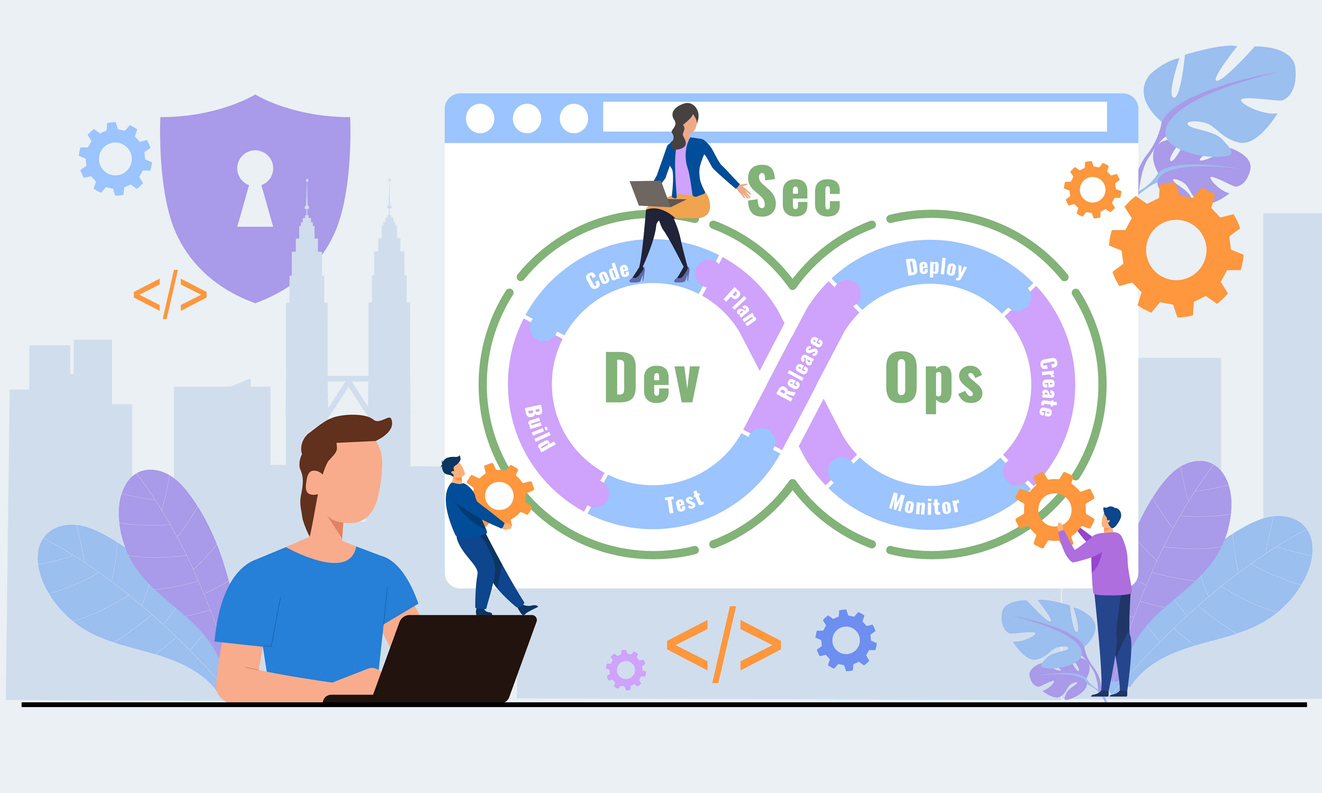While networks were once a technology used only by universities and large corporations, today homes around the world are connected to high-speed internet and wireless networks. But this change hasn’t only benefited consumers – it’s been a boon to business as well.
In the last 15 years, high-speed internet access has gained wide adoption throughout the United States and much of the world. Individuals who were previously connecting to the internet at speeds of 40 or 50 Kbps are now getting dedicated lines through their phone and cable providers with speeds equal to, or faster, than a T1. Because of this push to provide high-speed internet to as many customers as possible, businesses nationwide also have access to these new high-speed data connections. Thanks to a technology known as virtual private networking (VPN), businesses can use these high-speed data connections in place of the old fiber-optic or telephone-based connections. Here we take a look at this technology and what it means in the corporate realm. (Learn more about how networking evolved in the History of the Internet Tutorial.)
Networking 101
There are two main types of networks: local area networks (LANs) and wide-area networks (WANs). LANs are confined to a single building or site, and use technologies such as Ethernet and Wi-Fi. Although these networks were once very complicated, today the common consumer can buy a simple router and have an LAN up and running in their home in a matter of minutes.
WANs connect sites across multiple cities, states and even countries. These networks traditionally used fiber-optic cables and phone circuits like T1 and T3 lines. These networks had the advantage of being very reliable, but also allowed businesses to dedicate part of the connection for phone traffic and part of the connection for data traffic. While WANs can be a very good choice, these networks can be extremely expensive based on the location of the connection and the speed required. For example, a T1 connection, considered a good size for many offices, is actually equivalent to 23 conventional telephone lines. When you consider the cost and work required to have 23 always-on, dedicated phone lines to one office, the expense is obvious.
Enter the VPN
There are a few key differences between traditional dedicated circuits and the high-speed internet connections used by a VPN. One difference is that traditional dedicated circuits generally rated their speeds bidirectionally, meaning that if you had a 1 Mbps circuit, you could transmit and receive at the same speed. Most high-speed connections through cable and telephone companies have a much higher download speed than upload. This is done because the users of these connections are spending most of their time receiving data such as email and video, while sending very little data. Businesses generally do an even mix of sending and receiving data. As such, they would need to order a specially classified business connection, where both transmit and receive speeds are rated equally.
The second key difference is that these connections are to the internet, as opposed to direct, point-to-point connections. Because of this, businesses that want to use these connections for their WANs would need to use something to secure their traffic and direct the traffic between business locations.
This where a virtual private network comes in. VPNs can be implemented by turning on a feature included on a business’s application server or by using a network appliance. While previously costly, the second choice is the far better option in terms of reliability and simplicity. VPN appliances are available from most major network equipment providers as well as specialized vendors. They plug directly into the internet connections at each of the business’s locations and encrypt and route the traffic so that workstations, servers and users on each side of the connection have no idea that they are even connected to the internet.
Why Businesses Should Upgrade
Thanks to the growing availability of low-cost, high-speed internet, businesses should seriously consider using them for VPN connections for their new offices. If a location is already using a dedicated line, dropping that connection may be considered as well, as the cost savings over time are significant. This is true especially if the business is moving to a voice-over-IP (VoIP) phone system, which no longer requires the kind of dedicated phone lines that might be included with a T1 or T3 connection.
VPN’s Vices
There is one drawback that may keep some businesses from switching to a VPN-based connection, and that is reliability. When contracting for a dedicated line, there is usually a clearly defined service-level agreement stating what amount of downtime is acceptable and what the potential repercussions are to the provider if the downtime is excessive. When using a consumer-grade network connection, you will likely have to agree to the same terms that consumers deal with, which generally includes no guarantee of uptime.
VPN: Speed vs. Downtime
VPN services offer some key advantages – and the potential for cost savings – over traditional dedicated circuits. If a company is willing to deal with the possibility of a little downtime, the cost savings and speed can make VPN connections worth considering for all of their branch office connections.






